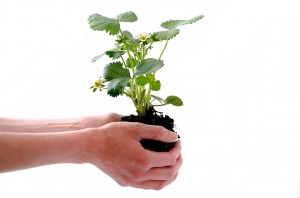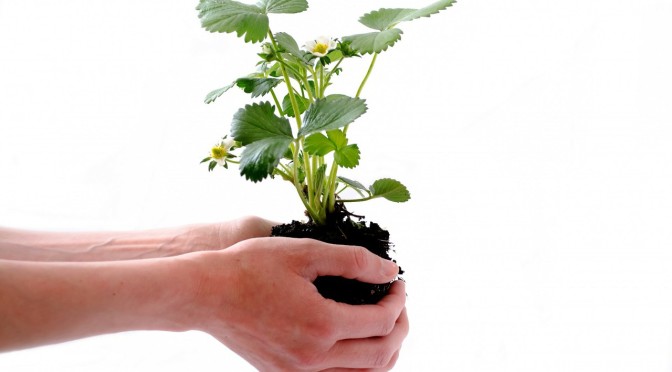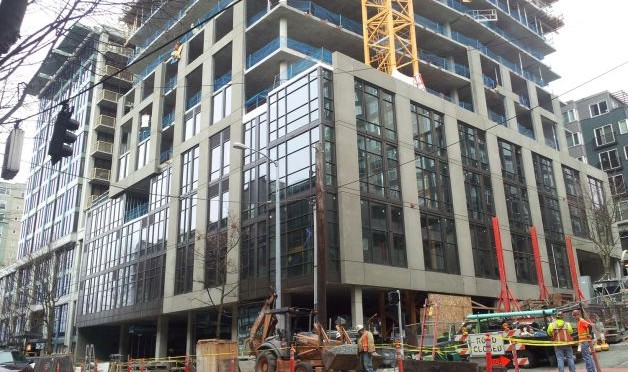 Here is an interesting video I’ve watched that easily explains how trees are a major part of our water system and why planting more trees and, specifically the soil in which they exist, offer a sustainable and an affordable solution to our water quality and scarcity problems – like the drought that is affecting California.
Here is an interesting video I’ve watched that easily explains how trees are a major part of our water system and why planting more trees and, specifically the soil in which they exist, offer a sustainable and an affordable solution to our water quality and scarcity problems – like the drought that is affecting California.
Produced by Tree People, the content is similar to a blog post in which I discussed how when land becomes impervious, rainwater runoff occurs, forcing us to invest time and money in collecting and treating the water, rather than allowing trees and soil to do nature’s intended work.
Please take a moment, or five minutes and forty seconds, to watch the video below and leave a comment with your thoughts about how we can learn from nature and create a sustainable future.



 As anyone who lives in Seattle can see, there is a massive amount of rental construction happening. With the growth of the South End of Lake Union and the Ballard area, over 23,000 units are expected to be added in the next few years.
As anyone who lives in Seattle can see, there is a massive amount of rental construction happening. With the growth of the South End of Lake Union and the Ballard area, over 23,000 units are expected to be added in the next few years.